Animals are also used to live in a society as a human being. There are different methods to differ from one animal from another one by using a name, physical structure, special marks as like as the human being. By using these methods usually, the horses can be differentiated or identified. As a horse lover and owner, you must have a preliminary idea about the Identification of Horses. The article will give you a brief idea about the easy methods to know your horses.
Easy Methods of Identification of Horses
There is a number of simple methods by which you can go for easy identification of horses. The main heading or points of identification of horses are by using color, sex, marks, and species. For the advantage of discussion this classification is divided into four classes:
- Identification through color.
- Identification through marks.
- Identification through sex.
- Identification through species.
1. Identification of Horses By Colors
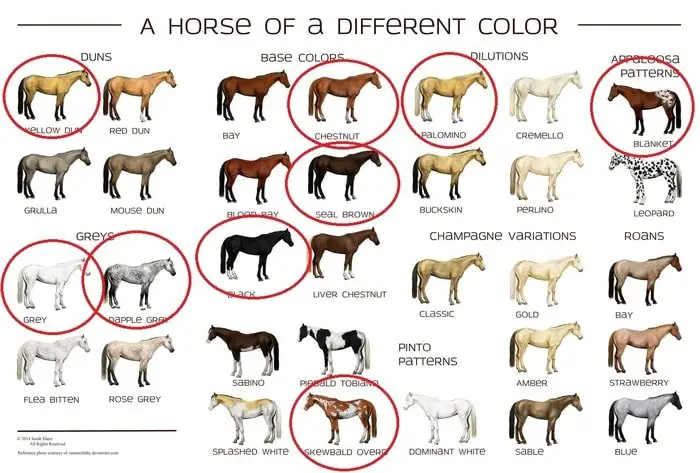 Horse color is the most important factor used in the identification of horses. The color of horses is one of the most attractive parts for anyone to choose the horse. Different colored horses are seen in different parts of the world. Usually, the most common colors are black, bay, brown, chestnut, dun, grey, roan, odd, and whorl. The color of three places of horse body is important to discuss:
Horse color is the most important factor used in the identification of horses. The color of horses is one of the most attractive parts for anyone to choose the horse. Different colored horses are seen in different parts of the world. Usually, the most common colors are black, bay, brown, chestnut, dun, grey, roan, odd, and whorl. The color of three places of horse body is important to discuss:
- Skin color
- Hair color
- The color of mane, legs, and tail
Black
The whole body is covered with black hairs of a horse body. The mane, tail, ear, legs are also black. There may be some marking on the body, but mostly the skin is covered with black hair.
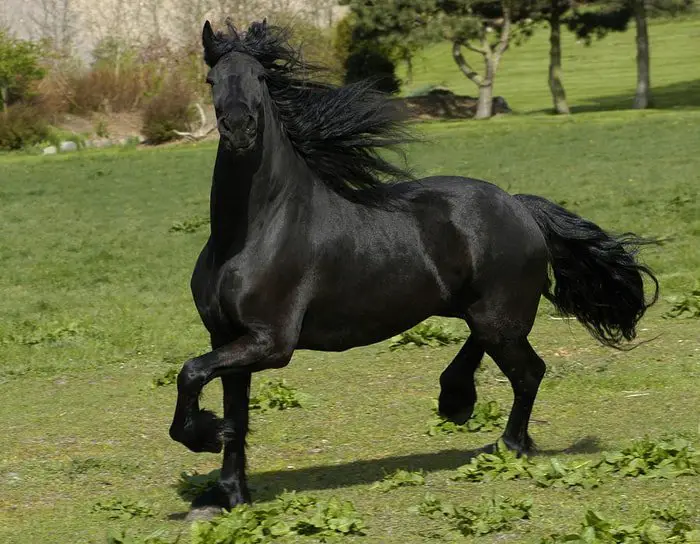
Bay
The hair of the body is reddish or red-yellowish, but the hairs of legs, tail, and mane are black.
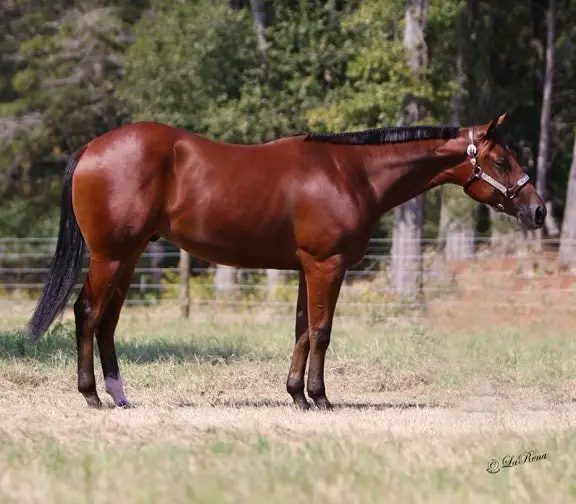
Brown
Hairs of mane and tail are black, and chocolate but the hairs of lags are black.
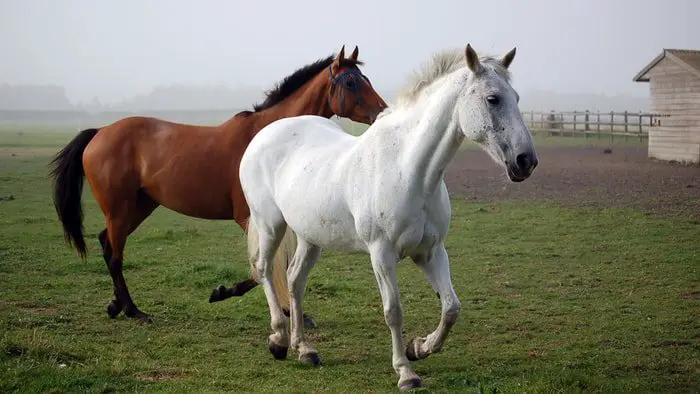
Grey
The whole body is mixed with white and a few black hairs. Sometimes black to brownish scar is seen.
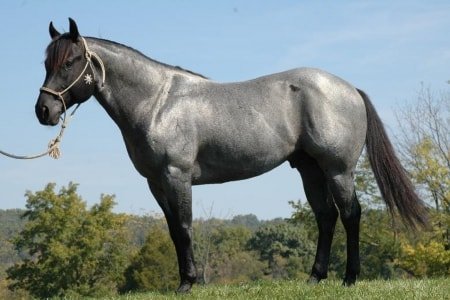
Chestnut
The whole body is covered with yellowish red, yellowish red to golden hairs.
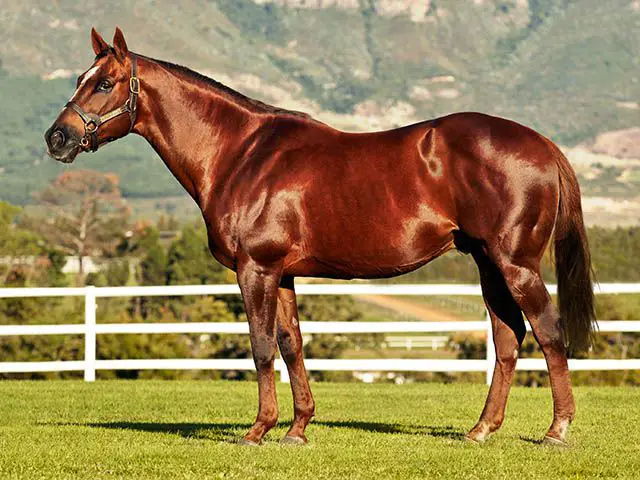
Blue Dun
The whole body is covered with black hair, but sometimes it looks bluish.
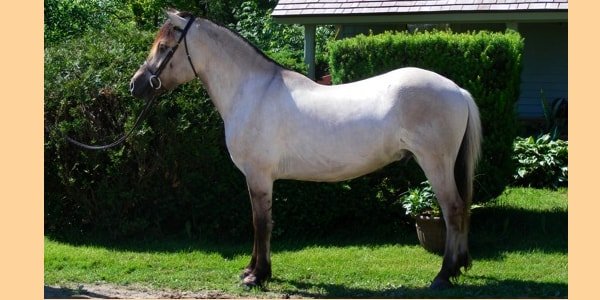
Yellow Dun
Diffuse yellowish color can be seen in hair.
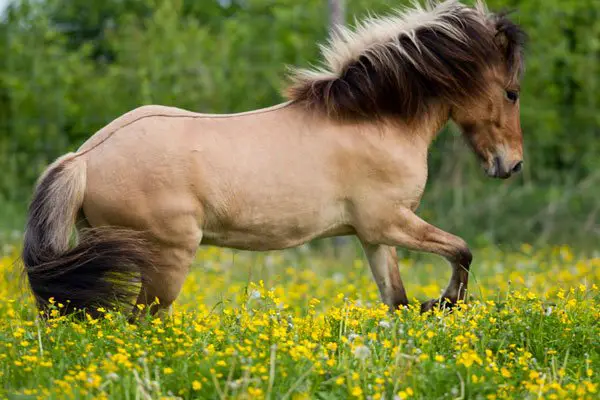
Blue Rone
Hairs look like greenish by mixing black or blackish brown with white.
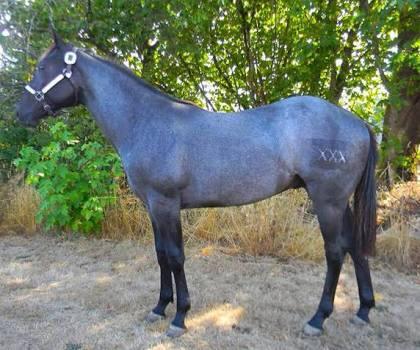
Bay Rone
Body-color is bay or brownish bay. Sometimes it looks reddish by mixing with white.
Chestnut Rone
Body-color will be chestnut and will mix with white. But legs will not grow blackish.
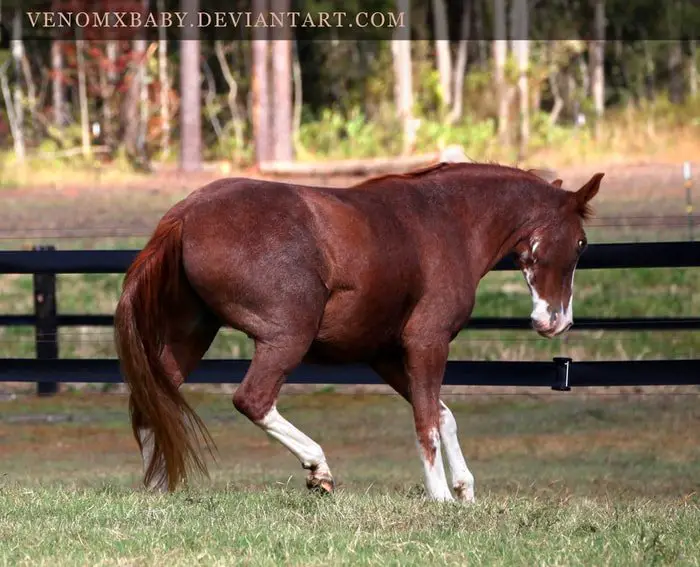
Odd Color
Body-color is irregular by the mixing of two colors.
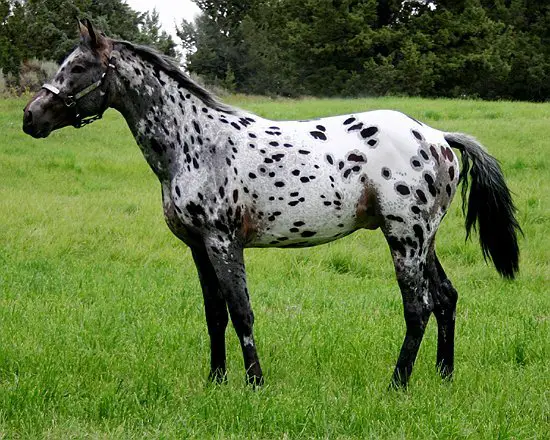
2. Identification of Horse By Markings
There are some special colors or variation of color which is used to identify the horse. Following markings in different body parts are counted to identify horse:
- Head Marking
- Body Marking
- Leg Marking
Head Marking
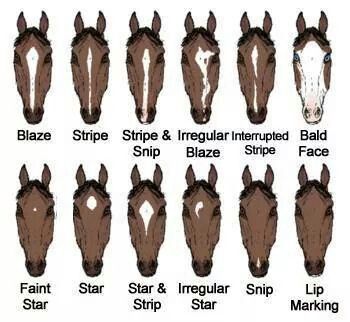
- Star Mark – Any white marking on the forehead.
- Stripe – Thin white stripe up to face.
- Blaze – White stripe patches over the nasal bone.
- Snipe – Scattered white marks on the nose.
- Wall Eye – Pinkish white to bluish-white eyes.
Body Markings
- Graywacke – Scattered white markings on different parts of the body.
- Black Marks – One or two black marks on white or other colored horses.
- Spot – Mixing of two colors.
- Patch – Irregular color mixing in a large area.
- Zebra Mark – The vertical colored line which passes through the neck, legs, and back.
Leg Marking
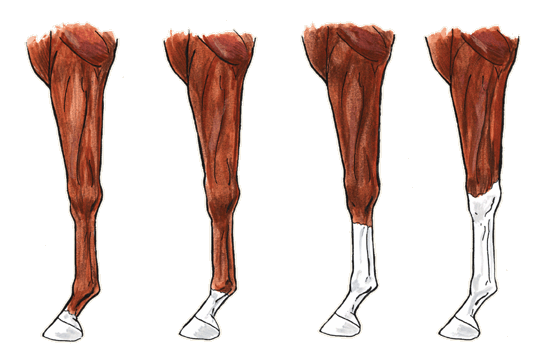
- White Hill – White hill other than the white one.
- White Coronet – The coronet is covered with white hair and skin other than the white horse.
- White Pastern – If there is a white colored pattern.
- White Fetlock – If there is white fetlock other than the white horse.
- White Hook – If there is a white hook other than the white horse.
- White Knee – If there is a white knee other than the white horse.
- White Canon – If there is a white canon other than the white horse.
- White Shank – If there is a white shank other than the white horse.
3. Identification of Horses Through Sex and Age
Identification of horses through sex and age is very important for you as a horse lover. To identify the horse, the following terminologies are used:
- Stallion – A mature male horse that is not castrated yet is known as the stallion. It is used for horse breeding.
- Gelding – Castrated and a mature male horse is known as geld.
- Mare – A mature female horse is known as the mare. It is used for reproduction.
- Yearling – Horse of one year of age is known as the yearling.
- Filly – Female horse within the age of one to three is called a filly.
- Colt – Male horse within the age of one to three is called a colt.
- Foal – Horse under one year of age is known as a foal.
(1) Colt Foal. A male horse under one year of age.
(2) Filly Foal. Female horse under one year of age.
4. Identification of Horses By Breed
Each breed has its unique characteristics by which it can be differentiated. The breed characteristics differ from body height, color, markings, weight, purpose, temperament, and use in human society. If you study the traits of each horse breeds, then you can easily differentiate and identify each breed separately.
The Last Word
The upper mentioned criteria should be considered carefully to identify horses efficiently because different works (riding, polo games, racing, drafting car, etc.) depends upon the right identification of horses. Nowadays the horses are also kept as pet animals in some regions.
The above article will help you to know a horse properly. If this helps you for a little, my aim of writings will be fulfilled. If you like the above article and helps you, please subscribe to our website and share it via social media.